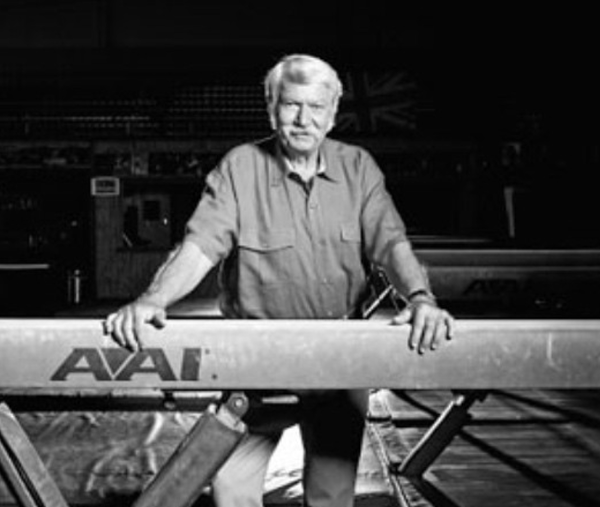

Bela Karolyi, the legendary gymnastics coach who forever changed the sport, was laid to rest on Sunday, November 17, in Huntsville, Texas. The private ceremony was attended by family, close friends, and several of the gymnasts he coached to stardom, including Mary Lou Retton and Mary Lao. His wife and coaching partner, Martha Karolyi, led the heartfelt sendoff. While the gathering was a chance to celebrate Bela’s groundbreaking career, it also unfolded under the shadow of ongoing online criticism over his controversial legacy.
Watch What’s Trending Now!
The Karolyi’s influence on gymnastics is undeniable. Bela famously coached Nadia Comaneci to the sport’s first perfect 10 in the 1976 Olympics and later helped transform U.S. gymnastics, mentoring stars like Retton and Lao. Yet his demanding coaching style and allegations of abuse at their Karolyi Ranch training facility, compounded by accusations of ignoring the crimes of Dr. Larry Nassar, sparked fierce debate. These controversies resurfaced on social media after his passing, with some condemning his methods even as others remembered his contributions to the sport.
ADVERTISEMENT
Article continues below this ad

ADVERTISEMENT
Article continues below this ad
Retton and Lao shared memories of their experiences, with Bela and Martha. They expressed gratitude for the couple’s influence on their professional paths. Even after retiring, the Karolyis had retreated to a quieter life in Huntsville, far from the spotlight. Bela’s memory evokes reflections on his legacy, which is marked by achievements and challenging inquiries into the sacrifices made for success. Despite its impact, Bela Karolyi’s coaching heritage stirs debate due, to its nature.
Inside Bela Karolyi’s brutal gymnastics regime
Bela Karolyi gained recognition, for coaching Olympic winners; however, criticisms arose regarding the approach he took to training them. His demanding coaching included emotional requirements leading some athletes to label it as abusive. Allegations of enforcing limits and inadequate training facilities portrayed a different side to his public persona of being a cheerful coach who embraced his athletes and offered words of encouragement.
His memorable cheer of “You can do it!” caused quite a stir, in the sporting world. Kerri Strug’s courageous vault, during the 1996 Olympics is often seen now symbolizing a mentality of prioritizing victory above all else that has faced criticism from many since then.
ADVERTISEMENT
Article continues below this ad
The Karolyi centered their training program around their Texas ranch which was once hailed as the hub of gymnastics success stories. Many athletes who underwent training there characterized it as a place where rigorous discipline prevailed, with camps that tested their mental endurance. While some gymnasts attribute their strength and success to the Karolyi others recount experiences of facing mockery persevering through injuries and feeling compelled to disregard hunger and discomfort. The ranch was once seen as a sign of achievement. But drew attention for all the wrong reasons when it came to light that Dr.Larry Nassar had exploited his position to harm young gymnasts.
Though the Karolyi denied any knowledge of Nassar’s actions and were not criminally charged, their legacy remains deeply divisive. While some athletes remember them fondly, others see their methods as part of a broader systemic failure that prioritized success at an unbearable cost.
ADVERTISEMENT
ADVERTISEMENT
ADVERTISEMENT
ADVERTISEMENT


